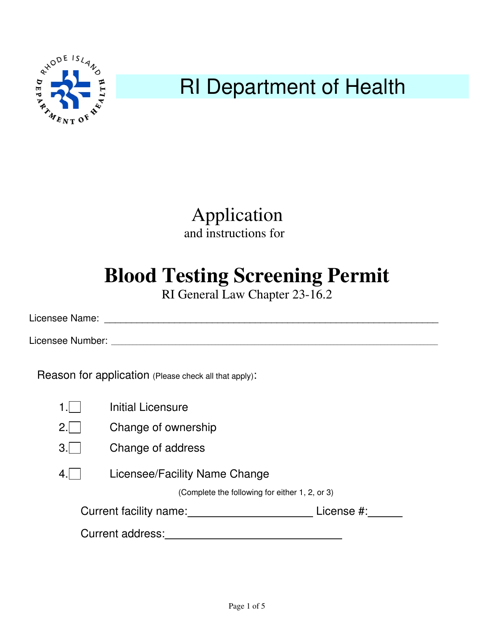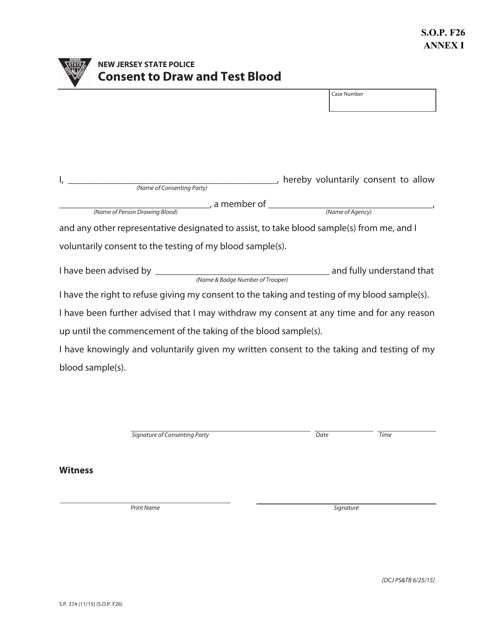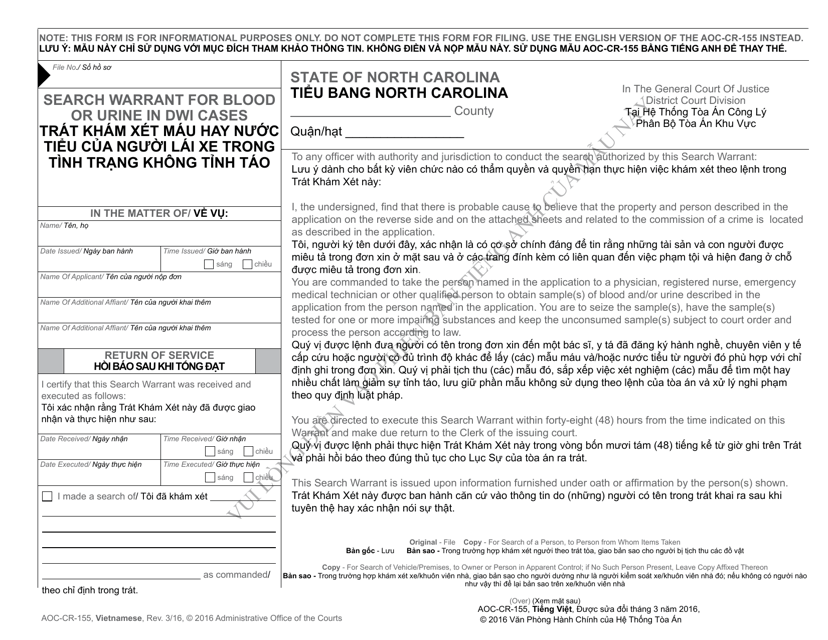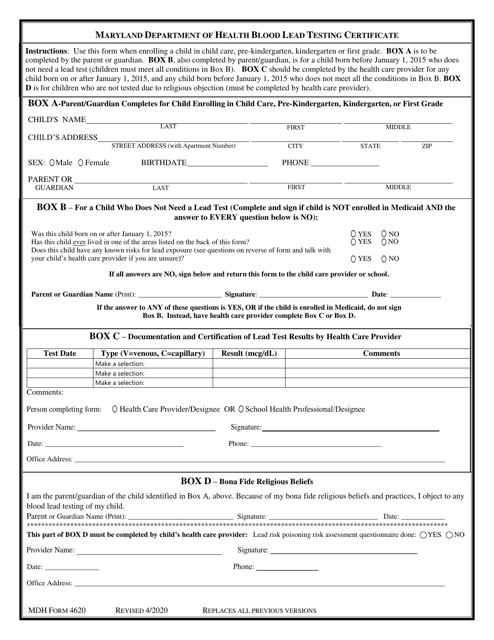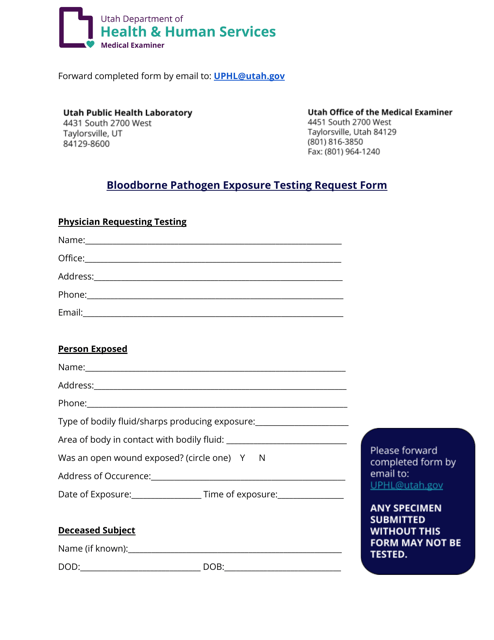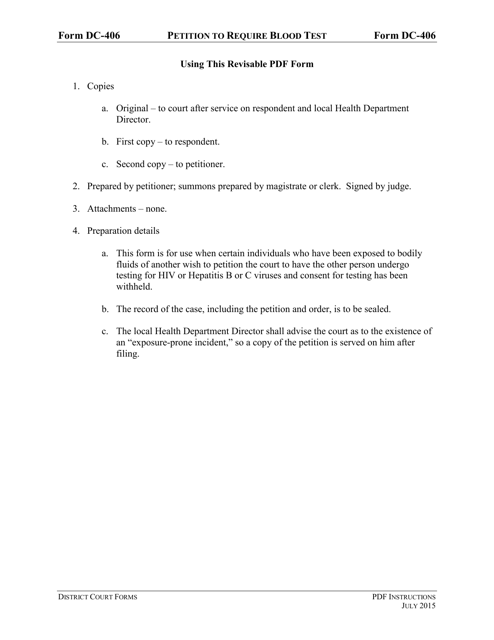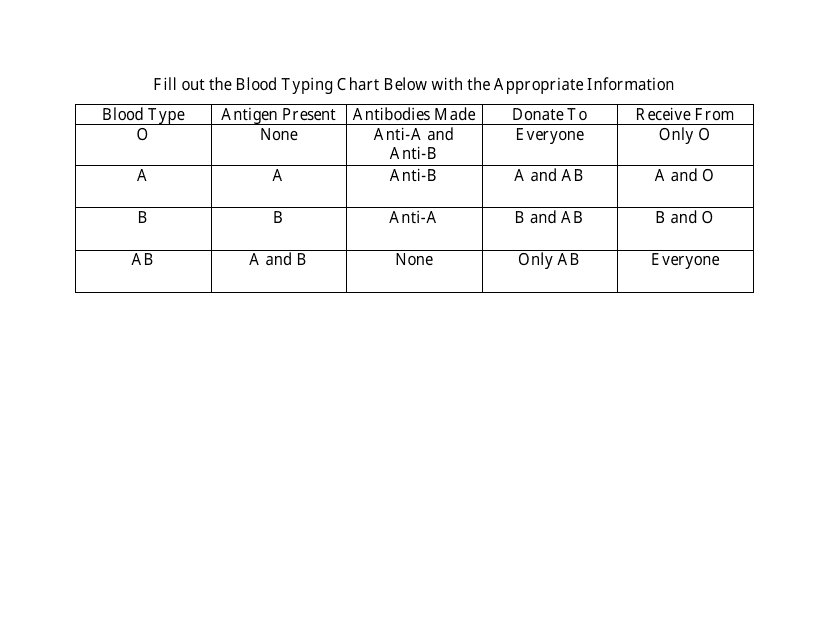Blood Test Charts
Documents:
32
This document provides a chart that displays the results of a Complete Blood Count (CBC) test. The chart helps interpret the various components of the blood, such as red blood cells, white blood cells, and platelets. It helps in diagnosing and monitoring various medical conditions.
This Form is used for documenting serology medical records.
This Form is used for reporting health information in South Dakota.
This form is used for applying for a permit to conduct blood testing screening in Rhode Island.
This form is used in Washington for managing the side effects of hepatitis C treatment. It provides information on how to address and cope with the various side effects that may arise during the course of treatment.
This form is used for conducting serological testing in the state of Maryland.
This form is used for obtaining consent from individuals in New Jersey to draw and test their blood for medical purposes.
This form is used for conducting serology tests to detect the presence of the Human Immunodeficiency Virus (HIV) in Kentucky.
This Form is used for documenting the laboratory tests performed in North Dakota.
Form AOC-CR-155 Search Warrant for Blood or Urine in Dwi Cases - North Carolina (English/Vietnamese)
This form is used to request a search warrant for obtaining blood or urine samples in driving while impaired (DWI) cases in North Carolina. It is available in both English and Vietnamese languages.
This document is an affidavit used by a blood test officer in the state of Oklahoma. It provides a sworn statement regarding the administration and results of a blood test.
This form is used for obtaining a search warrant to collect blood or urine samples in cases involving driving while impaired in North Carolina. The form is available in both English and Spanish.
This form is used for obtaining a blood lead testing certificate in the state of Maryland.
This form is used for reporting the results of a blood alcohol test using the Intox EC/IR II device in the state of Missouri.
This form is used for submitting an affidavit related to a blood draw, specifically in the state of West Virginia.
This document is a questionnaire used for collecting information on hepatitis D, a viral infection that affects the liver.
This form is used for commercial motor vehicle drivers in Virginia who refuse to take a breath or blood test.
This form is used for filing a petition in Virginia to require a blood test in a legal matter.
This Form is used to file a petition in the state of Virginia to request a court-ordered blood test.
This form is used for requesting the conversion of blood alcohol content (BAC) test results in Connecticut.
This document is a visual tool used to assess the amount of blood loss based on the appearance of blood in different settings.
This document provides advice and guidance on managing your HbA1c levels. It includes information on diet, exercise, medication, and monitoring your blood sugar levels.
This document provides a comprehensive guide to understanding different human blood types, their compatibilities, and their significance in medical procedures like blood transfusions and organ transplants.
This document is a chart that shows the hormone levels and bloodwork results related to fertility. It provides information about the various hormones and their levels that are important for assessing fertility.
This document provides guidelines for self-monitoring blood glucose levels. It offers information on how to accurately measure blood glucose levels and interpret the results, as well as tips for managing diabetes.
This document is a conversion chart that helps in converting HbA1c values from one unit system to another.
This sheet provides information on the symptoms and treatment for low blood sugar. It helps individuals identify and manage low blood sugar levels effectively.
This document provides a table for recording blood measurements, such as blood pressure, cholesterol levels, and blood sugar levels. It can be used by individuals or healthcare professionals to track and monitor their blood health.
This document provides detailed criteria outlining who is eligible to donate blood, including specific health conditions, age, and other important factors. It's typically used by prospective donors to determine their ability to participate in blood donations.




